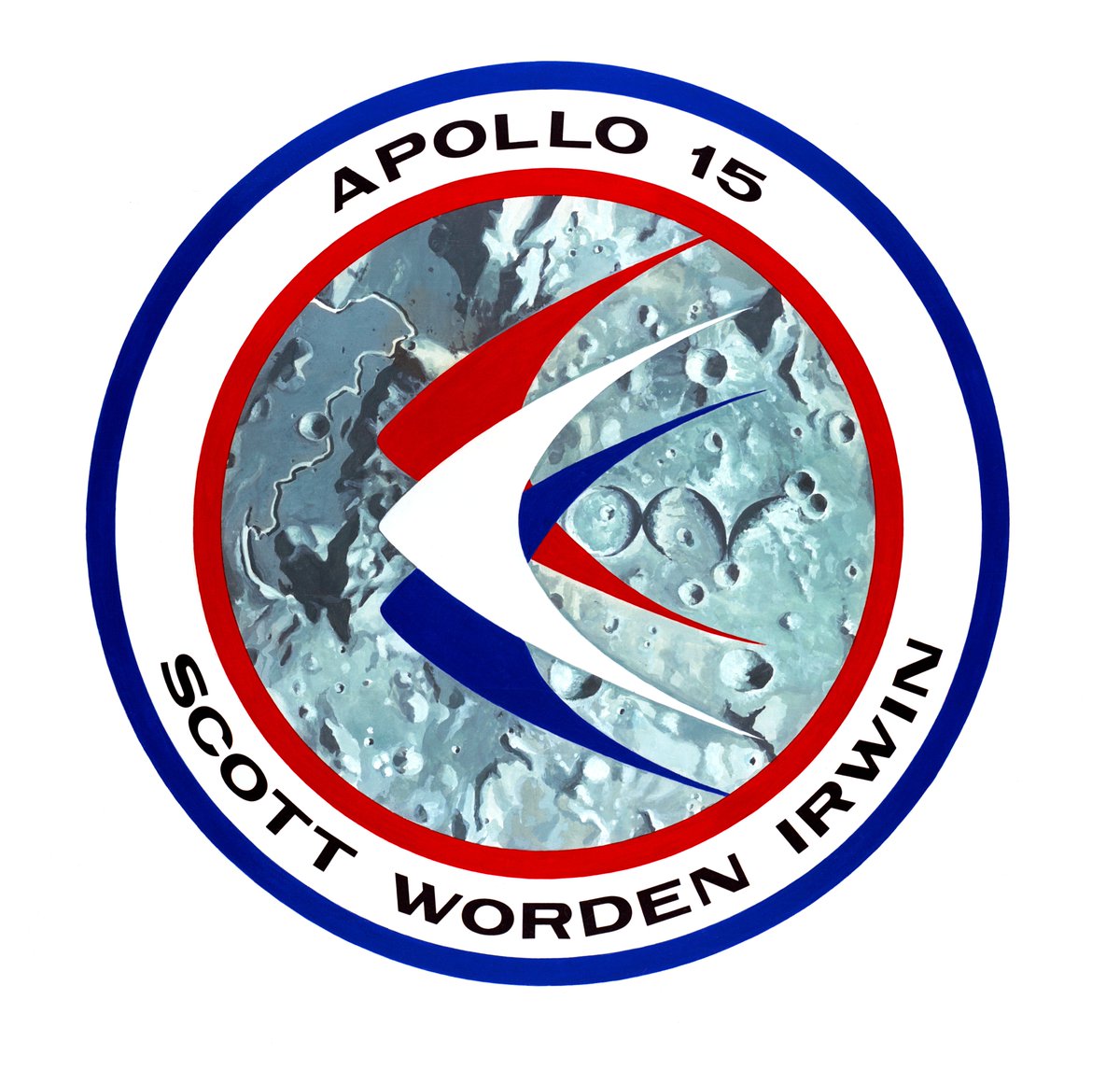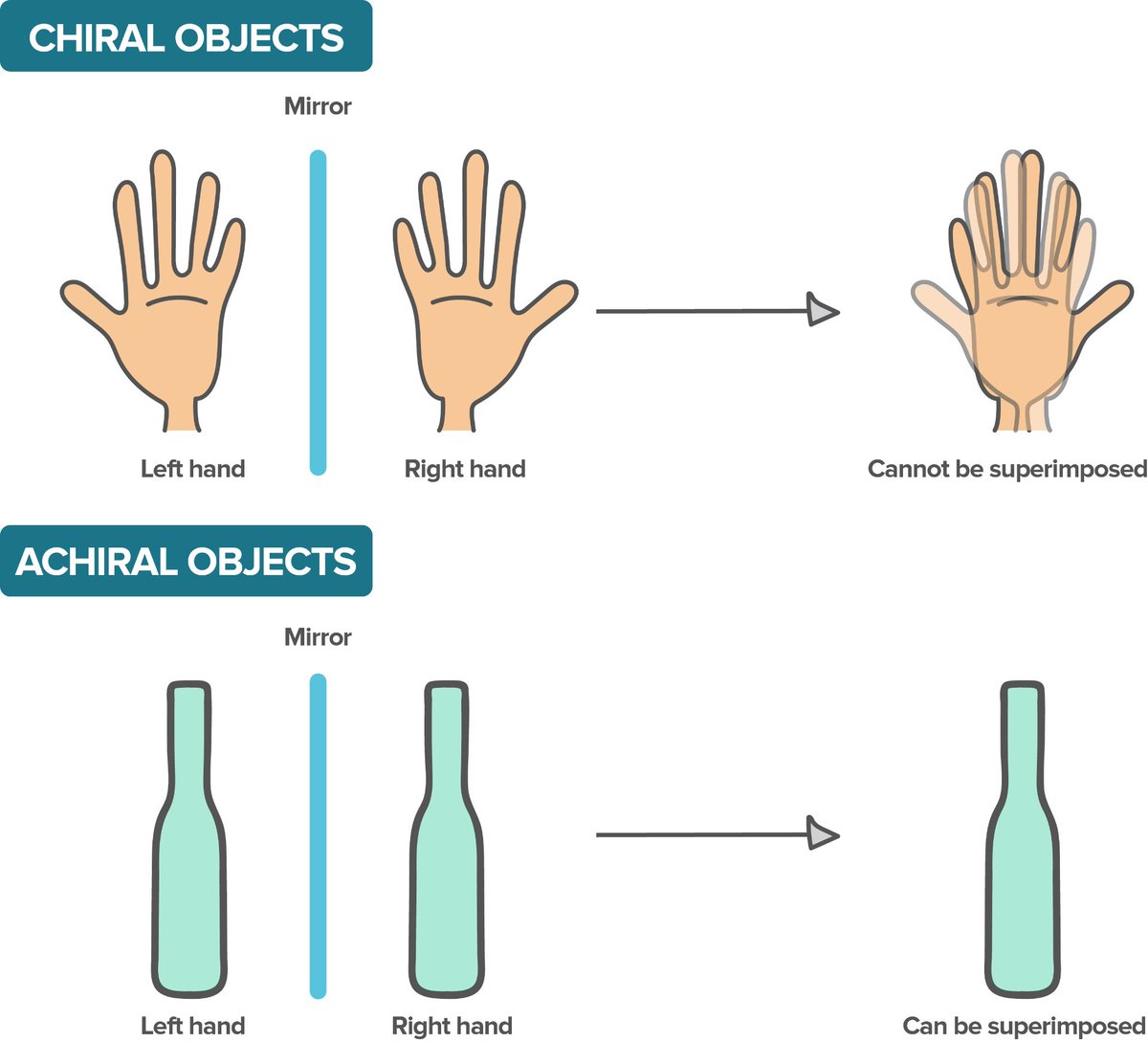I'm honestly not entirely sure when my love for space first emerged in my life, but I can recall some early moments looking up at the stars at night and wanting to know more about what they were and why there were so many that we could see in the sky at night. 

There's a natural tendency in humans to want to explore and learn more about the world around us. It drives us to ask deep questions about our own existence. I remember being a young child and dreaming of becoming an astronaut, exploring beyond the cradle of our beautiful world.
I imagine many, if not all, of the folks who follow People of Space are also astrophiles. 🚀🚀🚀
#astrophilia #astrophile #ToExploreIsHuman
#astrophilia #astrophile #ToExploreIsHuman
Btw, I created that graphic at the top of this thread using a CC0 (copyright-free) image from Pixabay. Feel free to save it and share it all you want!
• • •
Missing some Tweet in this thread? You can try to
force a refresh













